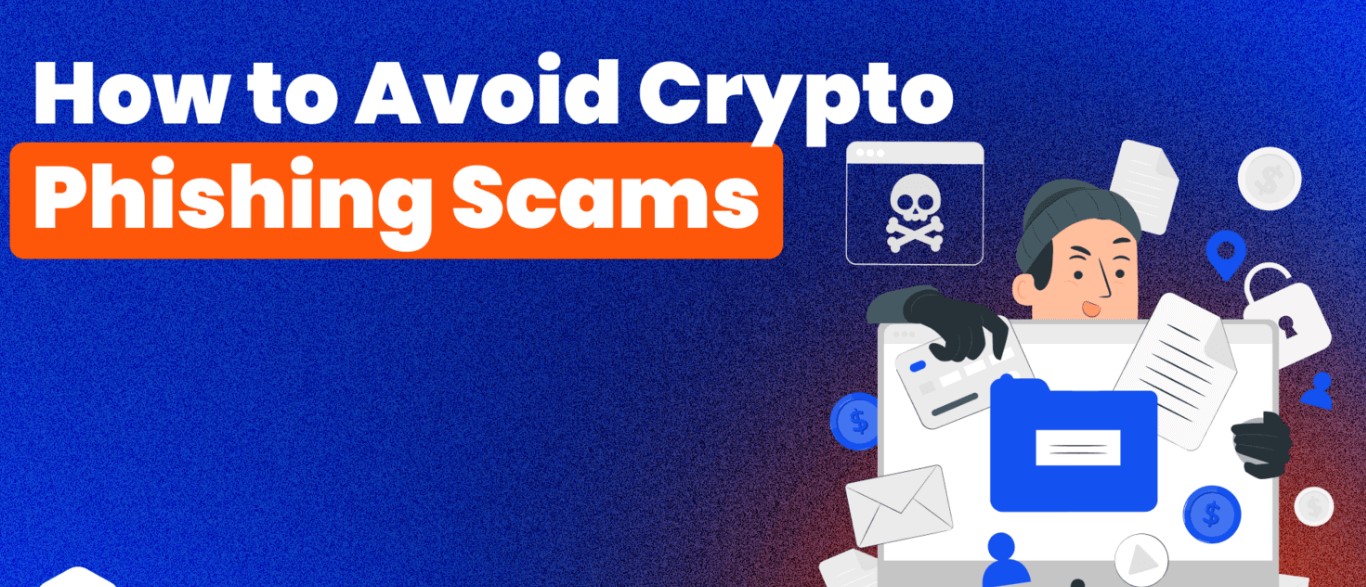Datailill.com Scam -A Dubious Investment Scheme
In a world where digital investments promise instant wealth, Datailill.com appeared to be another beacon for modern traders — sleek, sophisticated, and seemingly credible. It boasted of “AI-powered insights,” “automated trading precision,” and “instant withdrawals.”
For a brief moment, it seemed like the kind of platform that could change lives. But beneath the professional facade, the truth was far less glamorous.
As this deep-dive will reveal, Datailill.com isn’t an innovative trading solution — it’s a digital con built with cunning psychology, polished marketing, and fabricated legitimacy. What looks like opportunity is, in reality, an expertly designed illusion.
Let’s pull back the curtain.
A Promising Front: The First Impression
Datailill.com’s homepage feels almost hypnotic. The typography is bold yet clean, the charts move with real-time precision, and the copy is sprinkled with buzzwords that echo legitimacy: “regulated,” “secure,” “fast transactions,” and “global market access.”
New visitors are immediately drawn to the idea of trading smarter, not harder. The layout suggests technical sophistication, and every visual cue points to one idea — this is a company that knows what it’s doing.
Even the testimonials seem convincing. “I tripled my returns in two months,” one reads. “The best automated trading system I’ve used,” says another.
But here’s the twist: none of it holds up under scrutiny.
The Entry Trap: Where It All Begins
The recruitment process for Datailill.com mirrors that of many fraudulent investment schemes.
The funnel begins with targeted social media ads promising “daily profits,” “smart AI trading,” or “crypto strategies that beat the market.” These ads often use stolen footage, fake celebrity endorsements, or even fabricated financial news articles to add legitimacy.
Once users click through, they’re led to a simple sign-up form requesting their name, email, and phone number. Within hours — sometimes minutes — the calls begin.
A smooth-talking representative introduces themselves as an “account manager” or “senior analyst.” Their tone is confident, friendly, and personal. They often use the investor’s first name repeatedly, creating a sense of familiarity.
And then comes the pitch:
“You don’t need experience to make money with us. Just a small start — $250 to activate your account. We’ll guide you from there.”
It sounds reasonable. In fact, it sounds like an opportunity.
That’s the hook.
The Mirage of Success
Once users deposit their initial funds, they gain access to a trading dashboard that looks remarkably authentic. Charts fluctuate, profits rise, and everything seems to respond in real time.
The platform’s interface even includes simulated “trade confirmations,” giving the impression that actual trades are being executed on live markets.
But every piece of data, every trade, and every “profit” is a fabrication. It’s an illusion built to manipulate emotions — to create euphoria, confidence, and the urge to invest more.
Victims often describe this phase as addictive. They log in daily, watching their “profits” climb. The sense of control feels empowering — until the first withdrawal attempt.
The Vanishing Point: When Reality Hits
The initial withdrawal request is often met with minor delays and polite explanations:
“Your account is under verification.”
“Please complete your KYC to unlock withdrawals.”
“A small administrative fee is required to process your funds.”
These are carefully engineered stalling tactics. The goal isn’t to process withdrawals — it’s to keep the investor engaged long enough to extract more money.
Users are encouraged to make additional deposits to “unlock higher tiers” or “qualify for VIP trading access.” Those who comply often watch their supposed balance double overnight.
But once they attempt to withdraw again, the communication stops. The “account manager” vanishes. The customer support email bounces back. The chat system displays canned responses like “Our finance team is reviewing your request.”
Soon after, the website itself goes dark.
That’s when investors realize what they were really trading — not currencies or assets, but trust.
The Corporate Illusion
Every professional-looking page on Datailill.com hides a void where real corporate legitimacy should be.
The website lists a company name and registration number, but a quick check in major regulatory databases reveals no such entity exists.
The supposed business address — often listed in major financial cities like London or Zurich — turns out to be a shared office building or even a completely fabricated location.
No verifiable license numbers, no regulatory oversight, and no transparency about who runs the platform. In essence, Datailill.com operates entirely in the shadows, using stolen language and fake credentials to appear genuine.
Even the domain registration is masked using offshore privacy services, a telltale sign that the operators don’t want to be traced.
A Familiar Blueprint
Datailill.com isn’t an isolated case — it follows a pattern that has become all too familiar in online trading scams.
-
Create a high-quality website with modern design and trading visuals.
-
Buy cheap ads targeting people interested in investing or crypto.
-
Call leads immediately with convincing salespeople posing as analysts.
-
Encourage small deposits to build trust, then simulate profits.
-
Pressure investors into making larger deposits under false pretenses.
-
Block withdrawals and disappear once the money is collected.
This script has been replayed across hundreds of fake brokers — only the names change. Datailill.com is merely another chapter in a long-running con that preys on digital optimism.
The Emotional Engineering
What makes scams like Datailill.com particularly devastating isn’t just the financial loss — it’s the psychological manipulation.
These scams are designed to mimic real financial relationships. The “advisor” isn’t just selling a product; they’re cultivating trust. They use emotional hooks — empathy, urgency, even flattery — to lower defenses.
Some victims describe feeling “groomed.” The conversations often start about trading and gradually turn personal. Scammers remember birthdays, talk about family, and use emotional cues to keep the connection alive.
By the time doubts emerge, the victim is already financially and emotionally invested — too deep to back out easily.
The Global Web of Digital Deceit
Tracing Datailill.com’s infrastructure reveals connections to a cluster of domains associated with offshore broker networks.
These networks frequently rotate domains, operating each scam for only a few months before shutting it down and launching a new one. The software templates are identical; even the “advisors” are often the same people using new aliases.
In Datailill.com’s case, the domain is less than a year old — another red flag. Its IP address matches other fraudulent platforms that disappeared after investor complaints surfaced.
This pattern points to a coordinated scam network — one that moves fast, rebrands quickly, and leaves no trace.
The Victims’ Stories
Every number on Datailill.com’s fake profit chart represents a real person who believed in the promise of digital success.
A teacher in the UK invested her savings after seeing a social media ad promising “secure trading with licensed brokers.” Within weeks, she thought she had doubled her investment — until she tried to withdraw.
A young software engineer from India deposited $500 after an online “analyst” assured him the platform used AI algorithms that beat market volatility. He watched his balance grow to $2,800 — profits that never existed.
Their stories follow the same tragic rhythm: excitement, belief, confusion, and silence.
By the time victims realize what’s happened, it’s too late. The scammers have already moved on to their next domain, their next illusion.
Why Datailill.com Looks Convincing
Part of Datailill.com’s success lies in its understanding of visual credibility.
-
The use of real trading data feeds (copied from legitimate sources) makes the dashboard look authentic.
-
Fake social proof, including photos of “happy investors,” reinforces trust.
-
AI-themed buzzwords give a sense of innovation and exclusivity.
Everything is choreographed to project confidence. Scammers know that most people won’t verify licenses or check corporate registrations. The human mind responds to aesthetics faster than logic — and Datailill.com exploits that perfectly.
The Aftermath: When the Lights Go Out
When the operation ends, the platform vanishes. The domain goes offline, and the brand dissolves without a trace.
Victims search for explanations, but find none. Their “advisor” phones are disconnected. Their deposits vanish into a maze of international transfers and crypto wallets.
The same operators then recycle the scam — launching a new site with a new name, new logo, and new list of promises.
Datailill.com is just one mask in a carousel of digital frauds designed to prey on ambition, hope, and the allure of easy profit.
Final Thoughts: The Anatomy of a Digital Lie
Datailill.com presents itself as a platform for innovation, but its real innovation lies in deception at scale. It’s a well-constructed illusion — one that preys on psychology, technology, and the global hunger for quick financial wins.
From its fake charts to its disappearing “account managers,” every layer of Datailill.com is engineered to extract, not empower.
It doesn’t trade assets — it trades in confidence, time, and emotional vulnerability.
The story of Datailill.com isn’t just about one fake broker. It’s a reminder that in the digital age, fraud doesn’t always look like fraud. Sometimes, it looks like opportunity.
And that’s what makes it so dangerous.
Report Datailill.com Scam and Recover Your Funds
If you have lost money to Datailill.com, it’s important to take action immediately. Report the scam to Jayen-consulting.com, a trusted platform that assists victims in recovering their stolen funds. The sooner you act, the better your chances of reclaiming your money and holding these fraudsters accountable.
Scam brokers like Datailill.com continue to target unsuspecting investors. Stay informed, avoid unregulated platforms, and report scams to protect yourself and others from financial fraud.
Stay smart. Stay safe






